Factor in V2G Revenue When Planning Fleet Electrification
Driivz
OCTOBER 8, 2023
Public and private fleet owners are under increasing environmental and government pressure to reduce carbon emissions by switching to electric vehicles (EVs). EVs of all classes offer fleet owners significant advantages over internal combustion engine (ICE) vehicles. and can include penalties for exceeding peak demand limits.


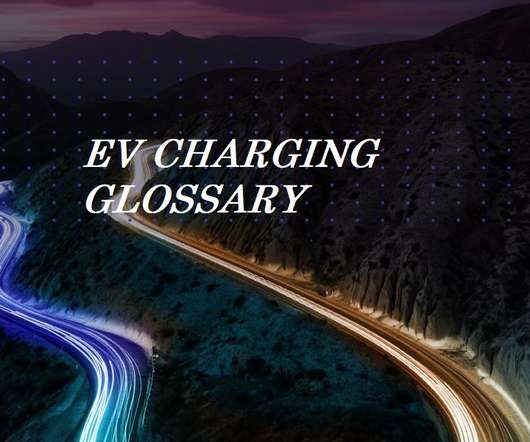
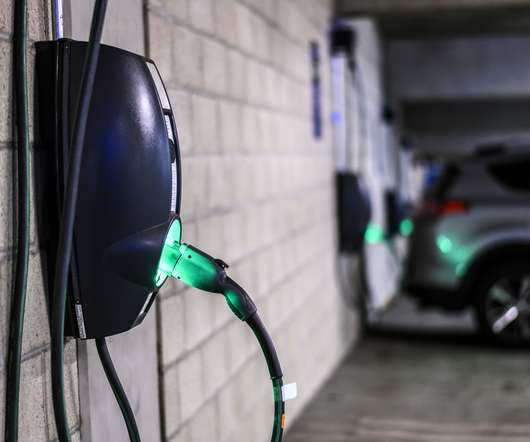
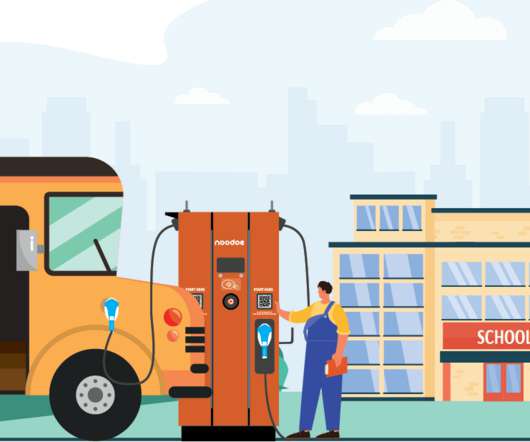
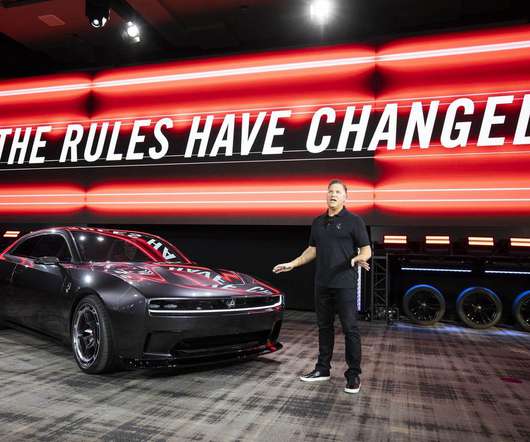
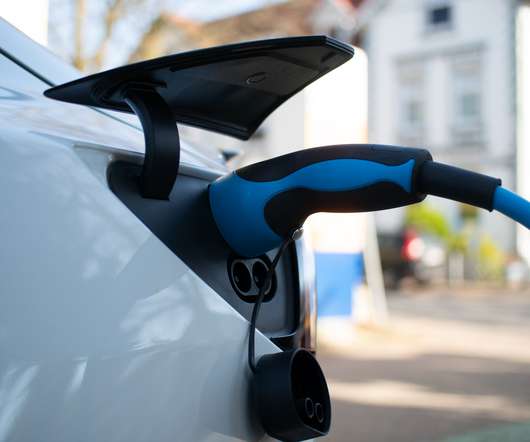






Let's personalize your content